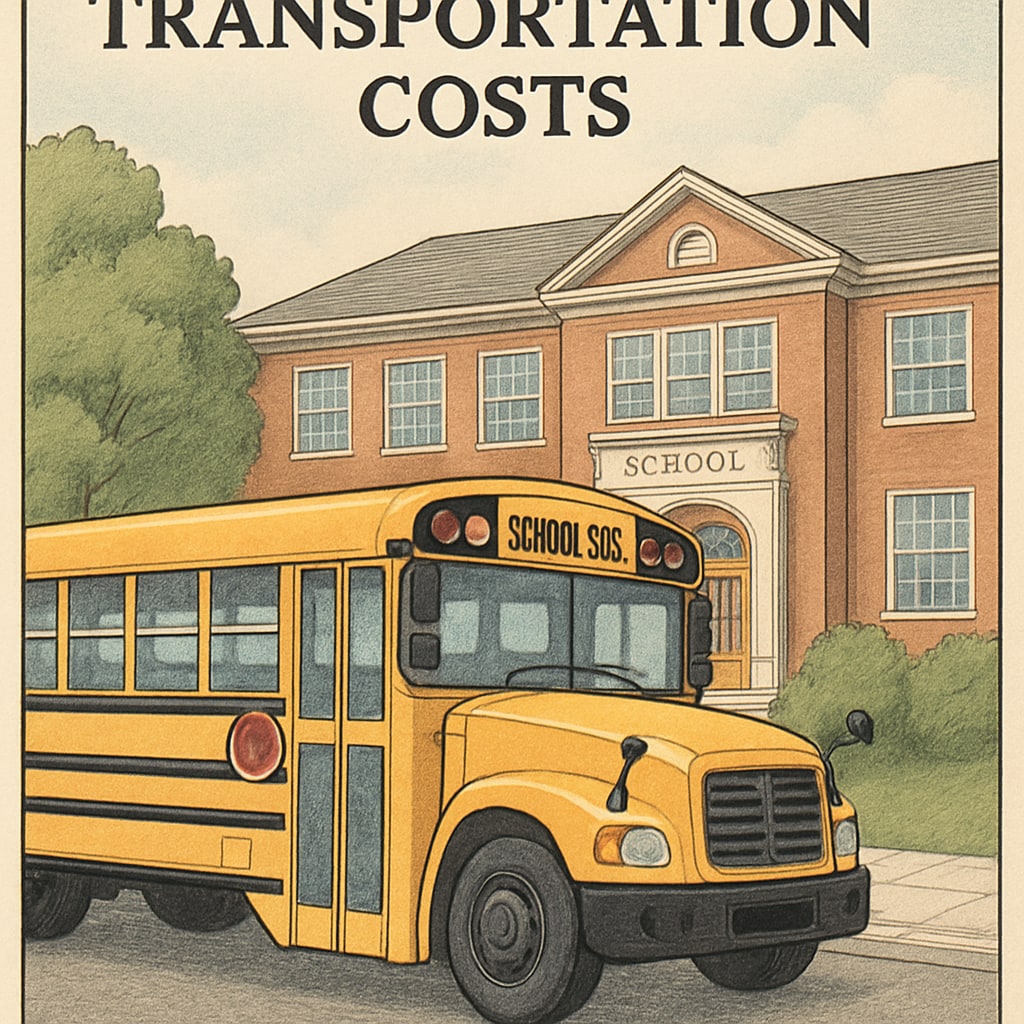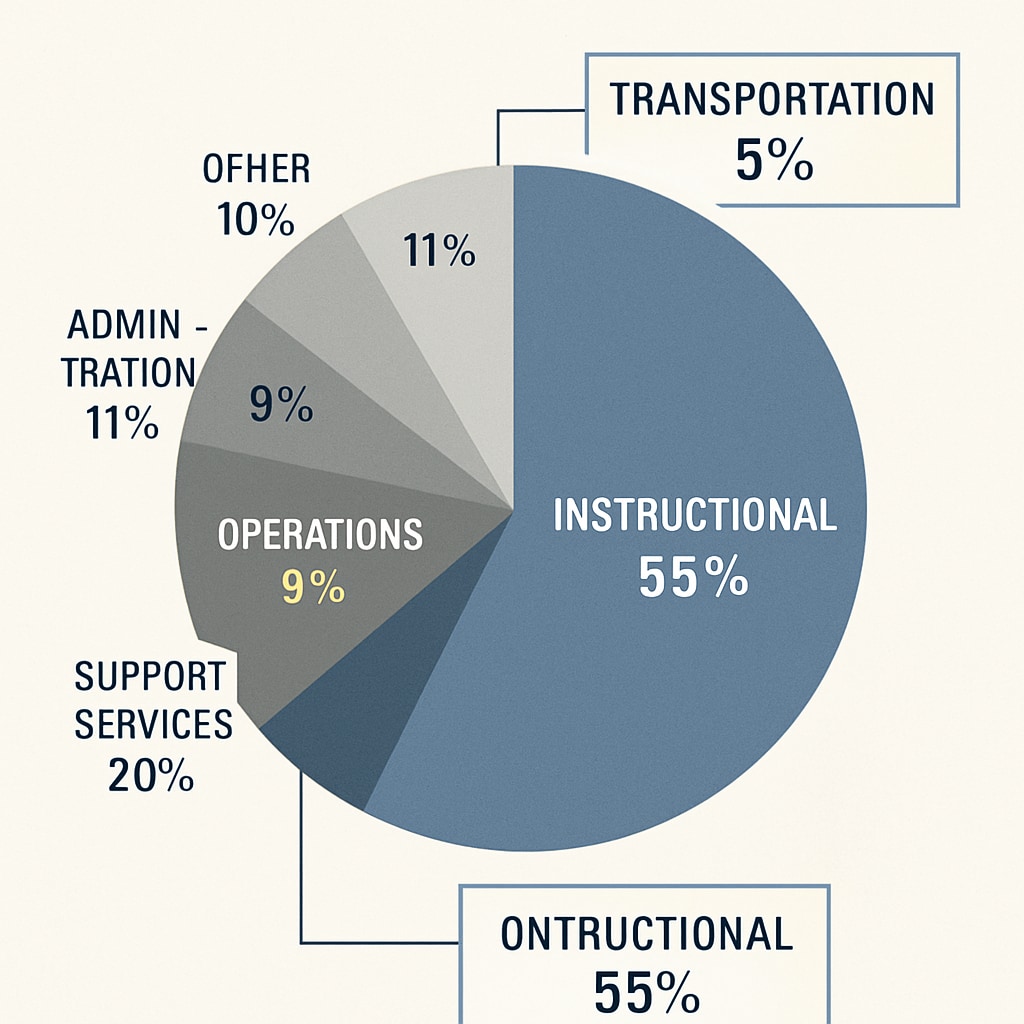When discussing school budgets, terms like “through funding, per-student expenditure, and school budget” often surface as metrics of efficiency and equity. However, these figures can sometimes be misleading due to the way funds are allocated and accounted for. For instance, transportation costs—such as those for school bus systems—can be disproportionately represented in per-student expenditure data, creating an inflated perception of spending efficiency. This article delves into the mechanics behind such statistics, highlighting the need for greater transparency and accountability in how educational funds are distributed and reported.
How Funding Structures Skew Per-Student Expenditure Data
One common misconception is that higher per-student expenditure directly correlates with better academic outcomes. While funding is undoubtedly vital for quality education, the way these funds are managed plays an equally critical role. For example, in some states, large amounts of funding are allocated to ancillary services like transportation or building maintenance. These costs, while essential, do not directly impact the quality of classroom instruction. Nonetheless, they are included in the per-student expenditure calculation, making it appear as though more money is being spent on individual students than is actually the case.

Case Study: Transportation Systems and Misaligned Statistics
To understand the impact of funding allocation on per-student expenditure, consider the case of school bus systems. In some districts, transportation budgets receive substantial state funding, which is then distributed across all students, regardless of whether they use the bus service. This approach inflates per-student expenditure figures without necessarily improving educational outcomes. Moreover, districts with extensive transportation networks may appear to spend more per student compared to districts with fewer such services, even if instructional spending remains the same.
For example, according to Britannica’s overview of public education, transportation costs can account for up to 10–15% of total school budgets in some regions. These costs are often necessary but can obscure the actual investment in classroom resources, teacher salaries, and student support programs.

Why Transparency in School Budgets Matters
The lack of clarity in how per-student expenditure is calculated can lead to misplaced priorities and inefficiencies. Transparency in school budgets enables policymakers, educators, and parents to understand where funds are truly being spent. For example, a district may appear to be well-funded based on per-student expenditure metrics, but closer inspection might reveal that a significant portion of its budget goes toward non-academic areas.
To address these discrepancies, several steps can be taken:
- Standardized Reporting: Establish uniform guidelines for calculating and reporting per-student expenditure across districts.
- Detailed Budget Breakdowns: Require districts to separate instructional spending from ancillary costs in their reports.
- Independent Oversight: Develop third-party auditing systems to ensure accuracy and accountability.
As pointed out by Wikipedia’s article on Education Finance, such measures are crucial for ensuring that funds are used effectively to support student learning and development.
Moving Toward Accurate and Impactful Funding
Ultimately, the goal of educational funding is to maximize student outcomes, not just to meet statistical benchmarks. By addressing the discrepancies in per-student expenditure reporting, stakeholders can ensure that funds are allocated to areas that directly enhance the educational experience. Transparent reporting is not merely a bureaucratic necessity—it is a fundamental step toward equity and accountability in education.
In conclusion, understanding the nuances behind terms like “through funding, per-student expenditure, and school budget” is essential for making informed decisions about educational policy and resource allocation. Greater transparency and oversight can help untangle the “funding maze,” allowing schools to focus on their primary mission: educating the next generation.


